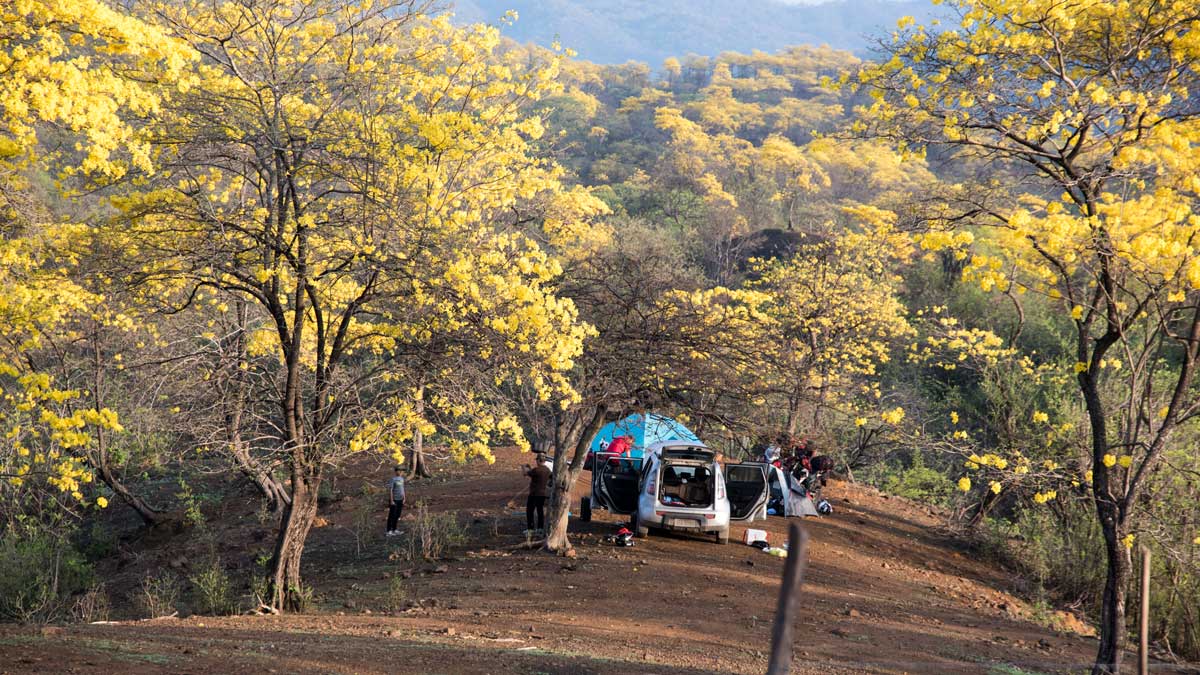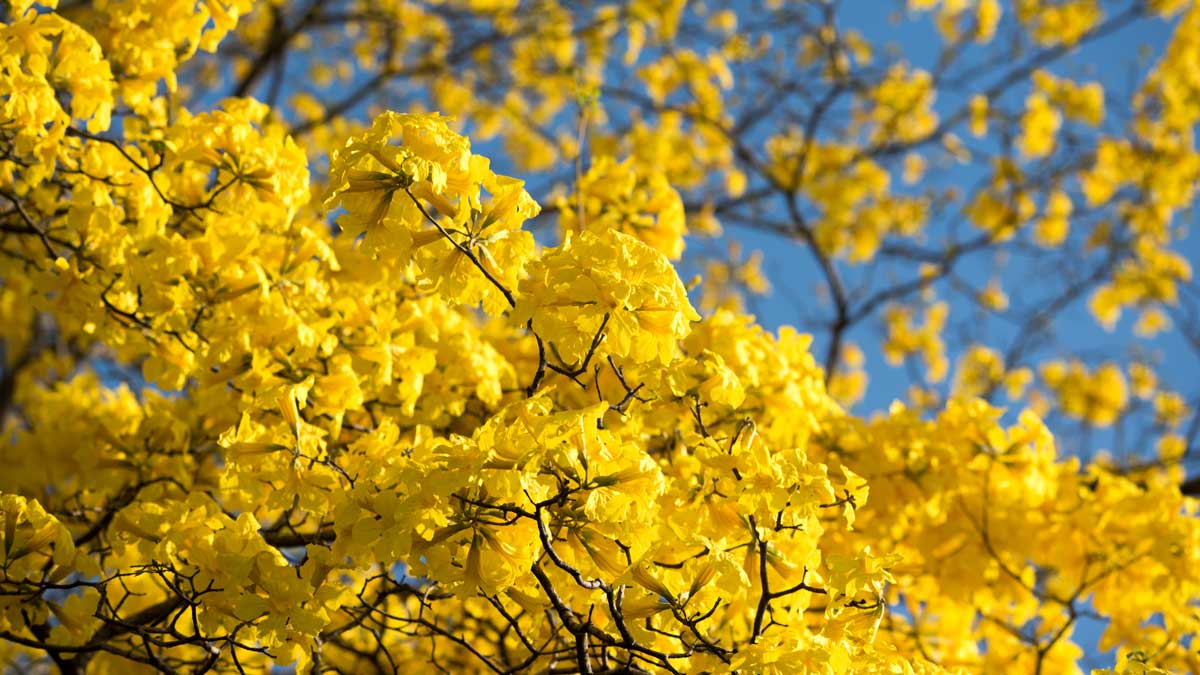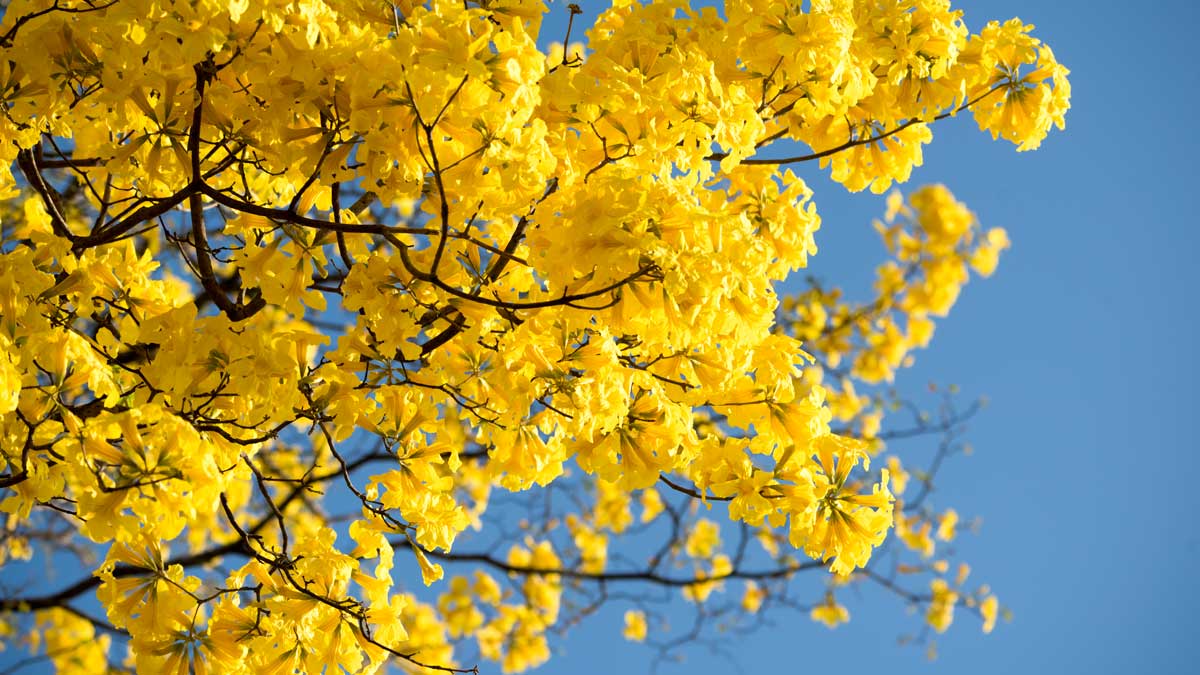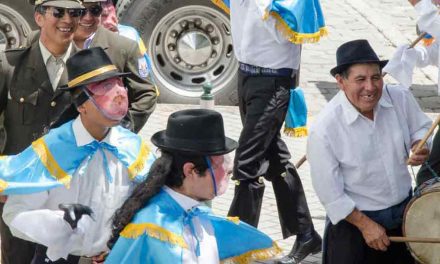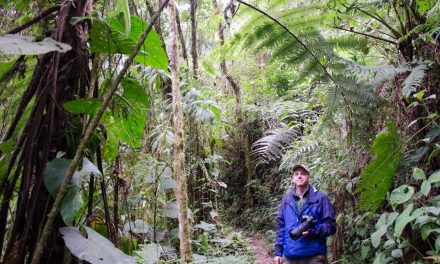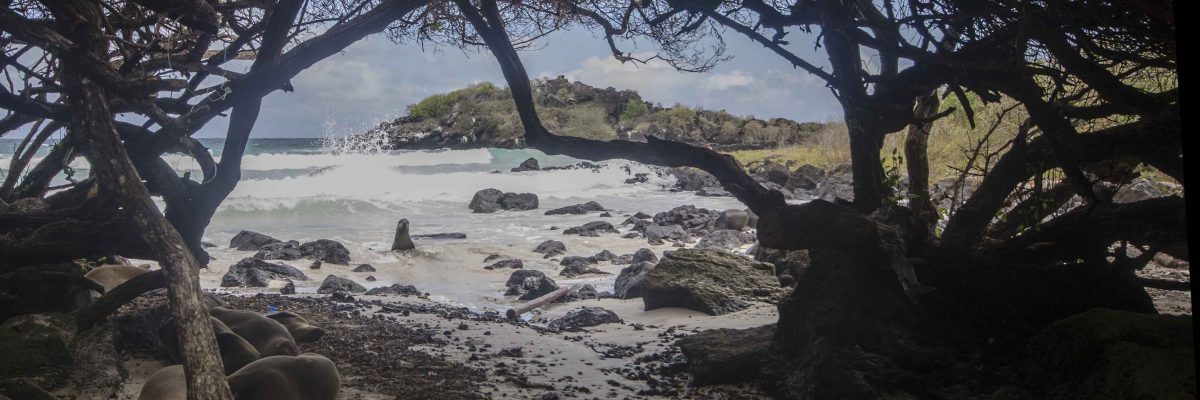First published on December 31, 2018 • Last updated on January 1, 2019
This page may contain affiliate links; if you purchase through them,
we may receive a small commission at no extra cost to you.
Flowering Guayacanes: A Photo Essay
Each year following the first downpour of the rainy season, thousands of hardwood trees paint the dry forests of Southern Ecuador a brilliant, golden yellow. This very short bloom lasts no more than about five days as flowers open, send forth a sweet nectar loved by local bees, and then fall to the ground only to be eaten by herds of wandering goats.
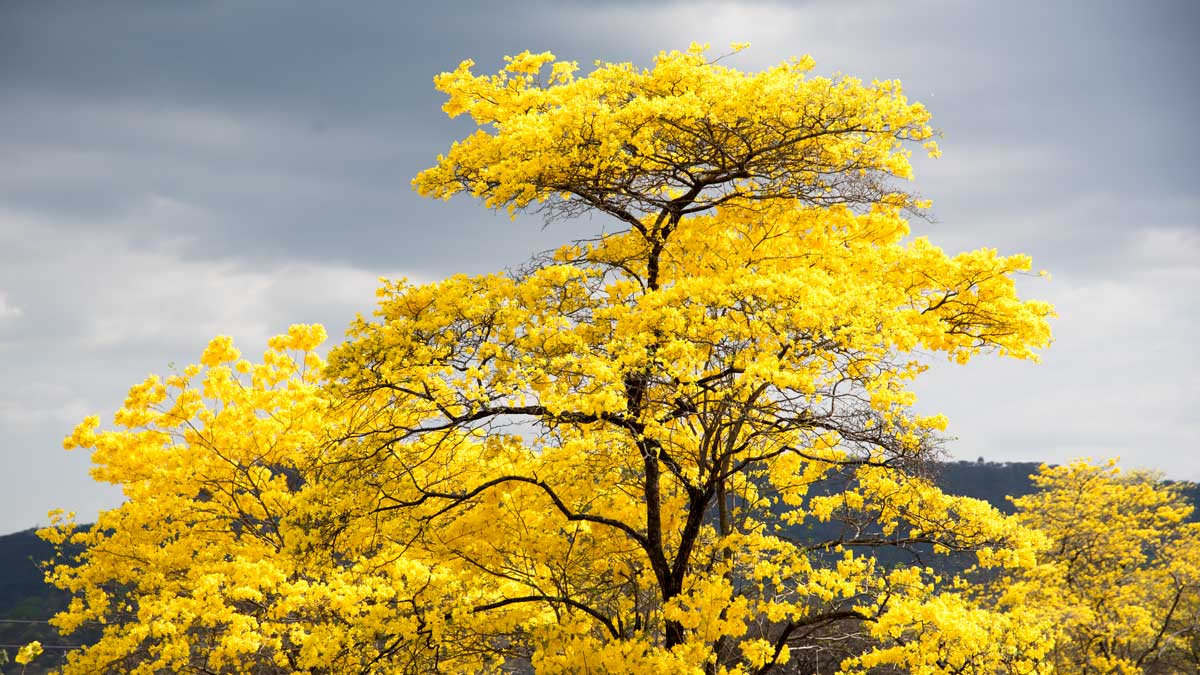
Predicting The Arrival of Guayacan Blossoms
Unfortunately, unlike the cherry blossoms of Washington DC, there is no way to predict Guayacan blossoms weeks in advance. Rainy season in the Canton Zapatillo of the Loja Province generally starts in January but past performance has trees flowering as early as November. Sometimes the rains never arrive and trees are left wondering what to do. This year, in 2018, the Guaycanes performed earlier than expected, in late December.



Even With the First Rains, Flowers Follow Their Own Rules
Of course, rains don’t always fall in the entire region at the same time. Sometimes one hillside will blossom a shocking sunshine yellow while neighboring hillsides remain dry and dusty. Mother Nature follows rules of her own and predicting the exact bloom is more an art than a science.
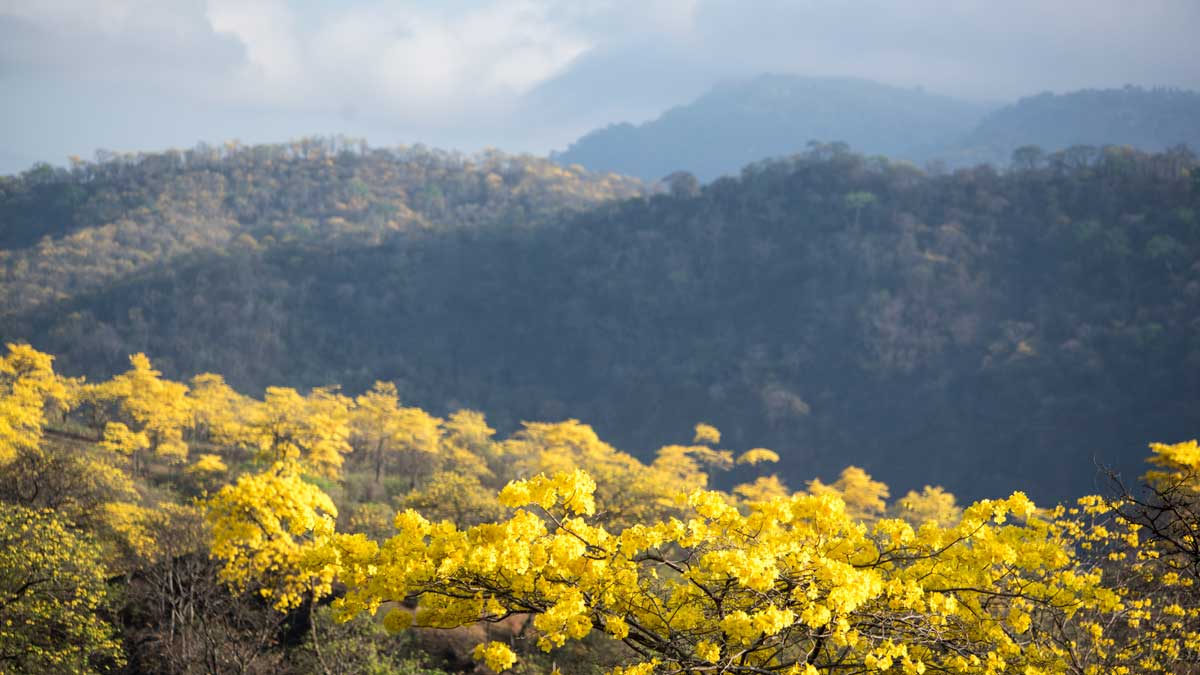
Tourists Flock To See the Flowering Guaycanes
As many as 10,000 visitors will travel hundreds of miles to see this stunning natural event. We met people who drove overnight from Quito, about a 16 hour drive, to enjoy this incredible show. Because the trees flower with only a few days warning, foreign tourists rarely make the trip.
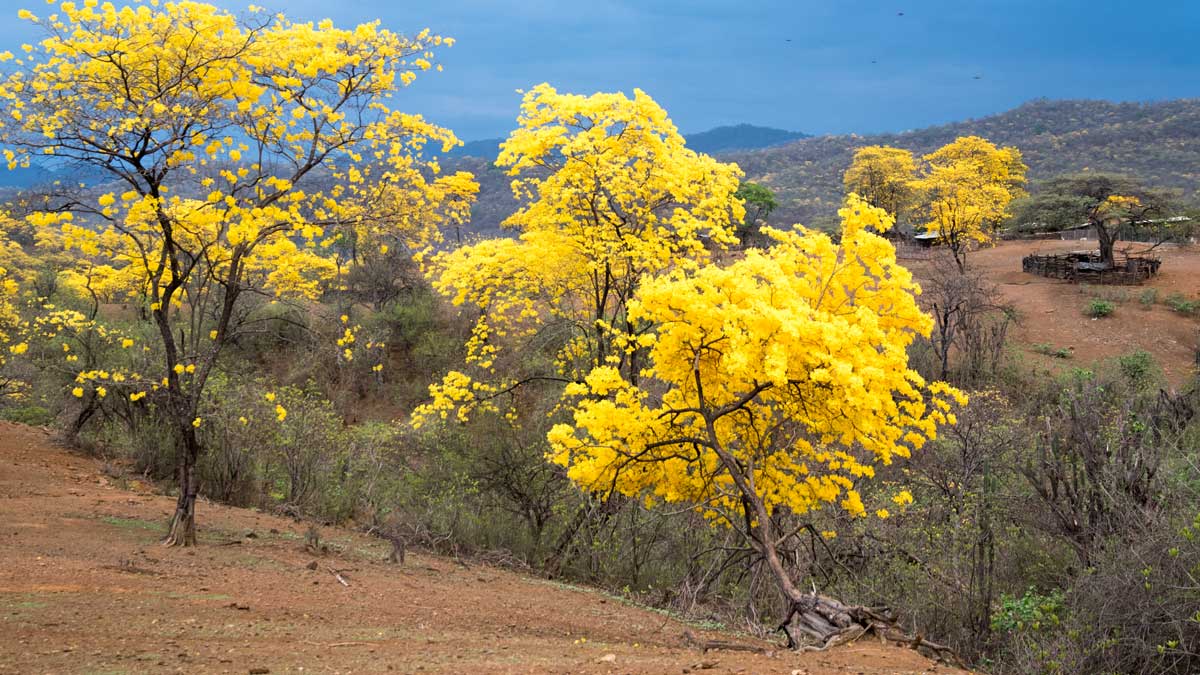
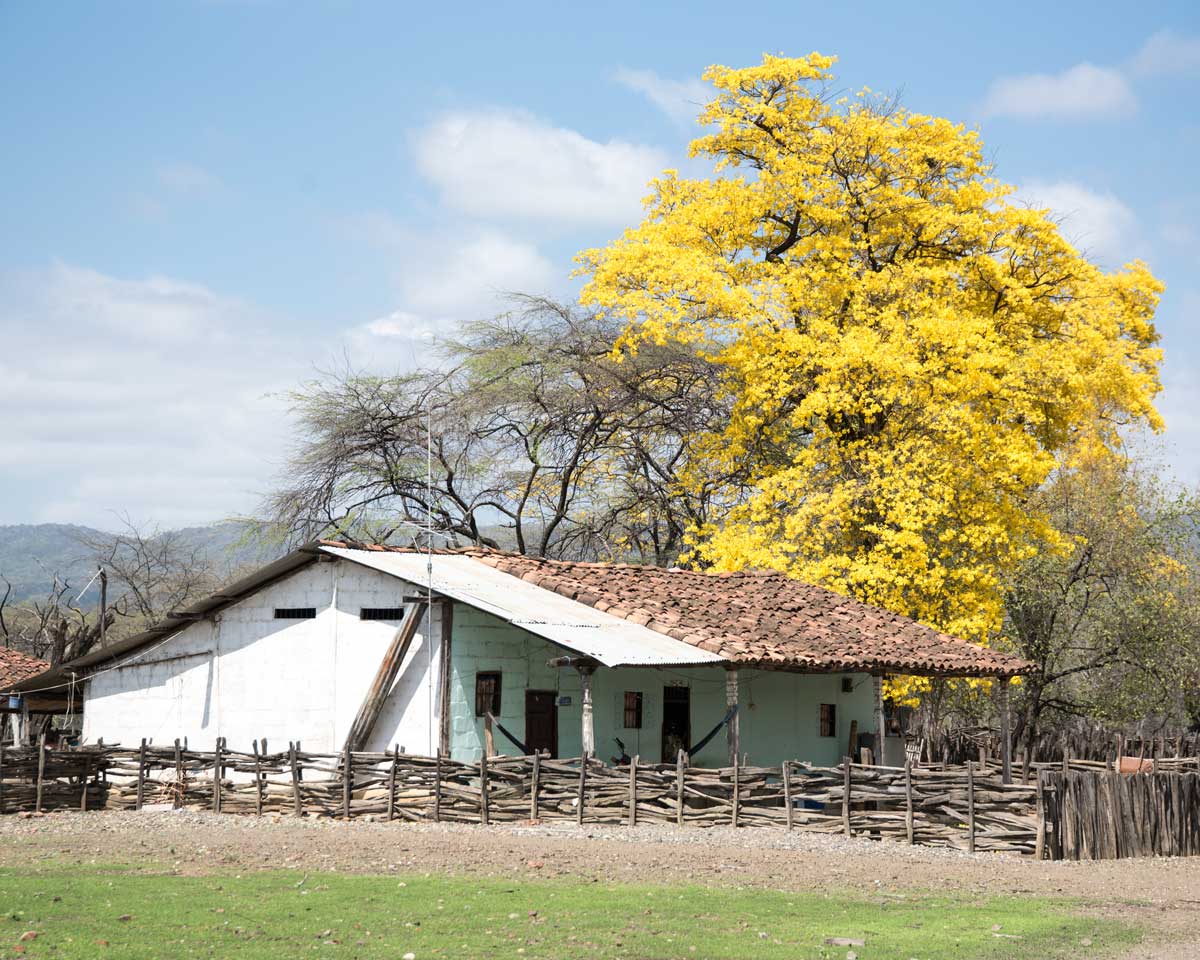
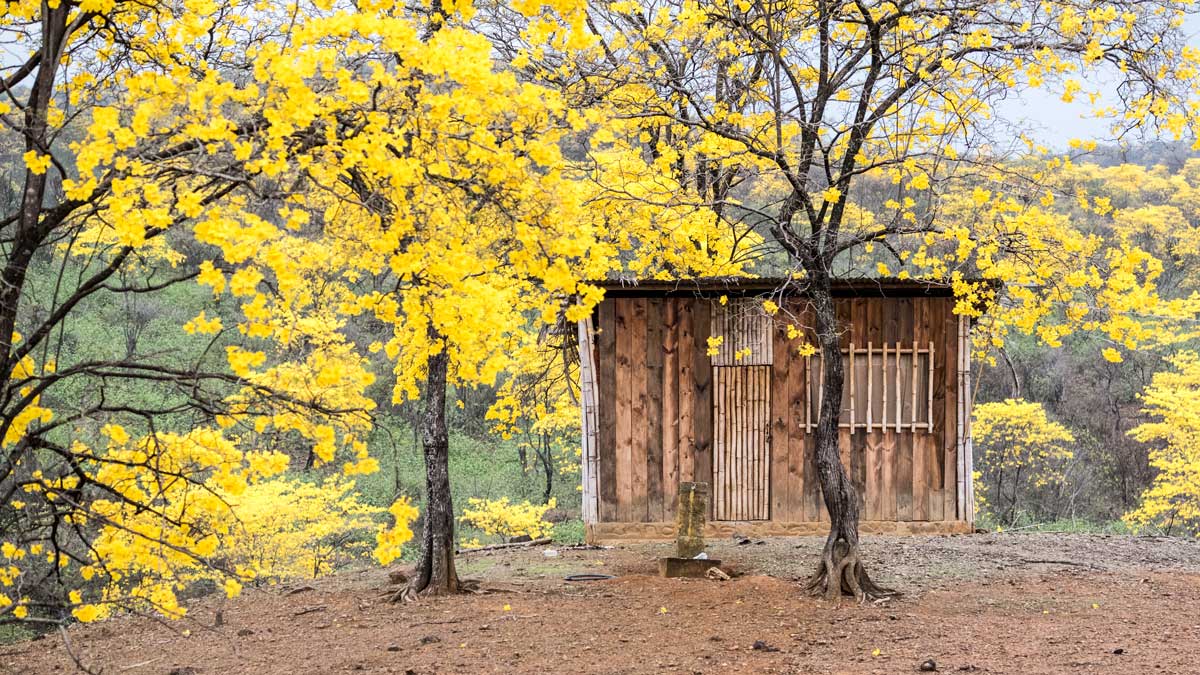
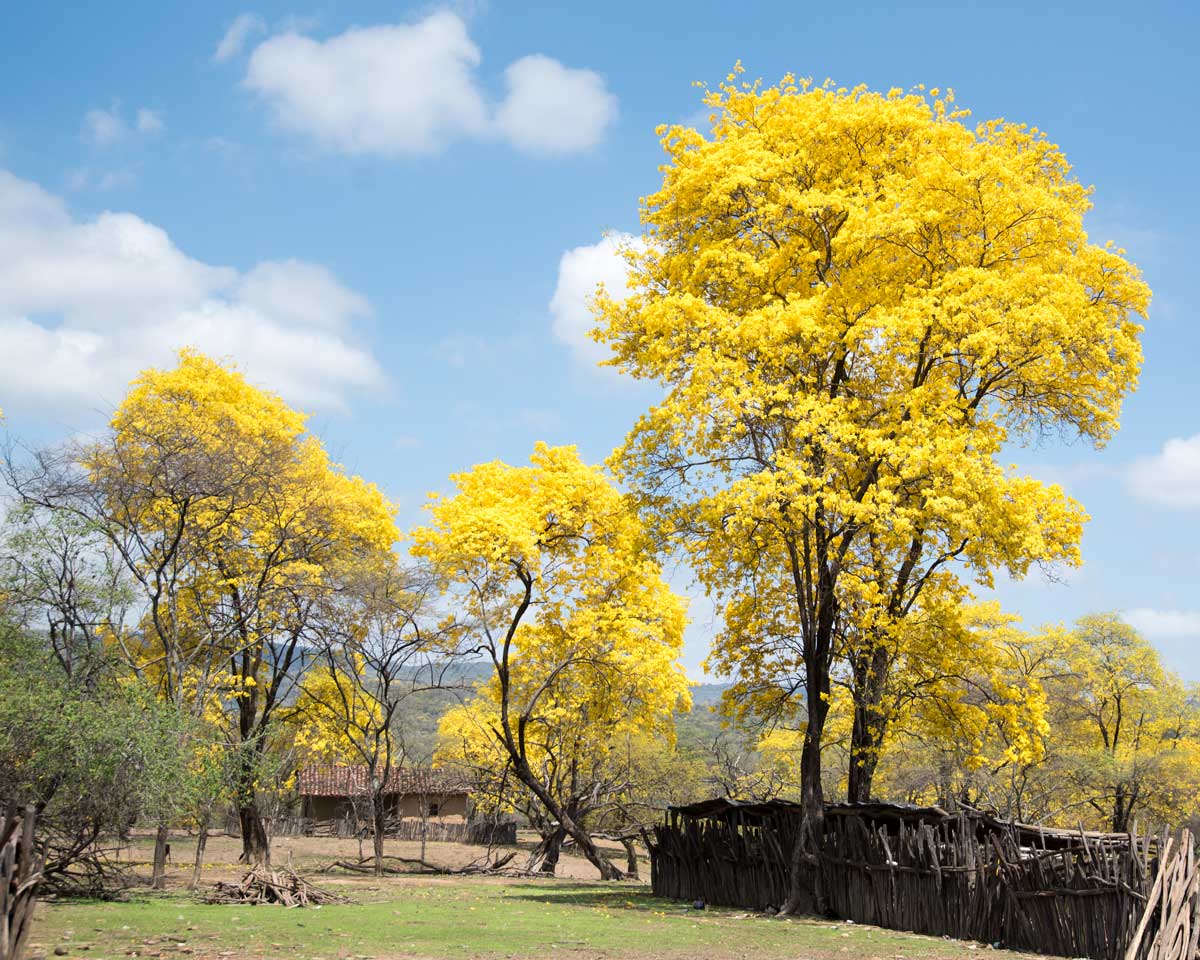
Camping Under the Guayacanes
Most people who arrive decide to stay the night. While there are a few homes offering places to stay, the small towns in this region have not developed a strong tourism network. Therefore, they do not have hotels or hostels. Instead, the vast majority of visitors will camp on the edges of the lemon-yellow forest.
